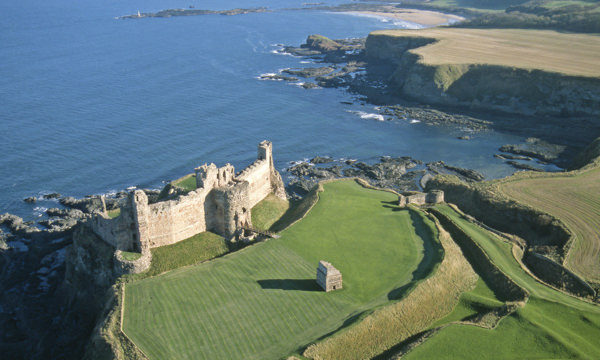Adaptation Scotland has published a new climate projections summary. The summary provides an overview for Scotland of the most up to date UK Met Office Climate Projections and has been produced in partnership with the Met Office, Scottish Government, SEPA, Nature Scot, Historic Environment Scotland, Our Dynamic Coast and ClimateXChange. It will help build common understanding of the future climate that Scotland will experience.
The summary provides key facts highlighting that over the last few decades Scotland has experienced a warming trend, shifting rainfall patterns, and rising sea levels:
- Scotland’s 10 warmest years on record have all occurred since 1997. The average temperature in the last decade (2010-2019) was around 0.7 °C warmer than the 1961-1990 average.
- There has been an increase in rainfall over Scotland in the past few decades, with an increasing proportion coming from heavy rainfall events. The annual average rainfall in the last decade (2010-2019) was 9% wetter than the 1961-1990 average.
- Average sea level around the UK has risen by approximately 1.4 mm/year from the start of the 20th century.
The summary also provides the best current information on how these changes are projected to continue and intensify. Projections are provided for a ‘best case’ low emissions scenario which assumes sustained and rapid reductions in greenhouse gas emissions globally and a high emission scenario which outlines more extreme changes which are projected if greenhouse gas emissions continue to increase and emission reduction targets are missed.
- Scotland will experience warmer, wetter winters, with more intense rainfall events. By 2050 under a low emissions scenario, average winters are projected to be around 8% wetter and 1 degree warmer. By 2080 under a high emissions scenario average winters are projected to be around 19% wetter and 2.7 degrees warmer.
- Scotland will experience hotter, drier summers, with greater extremes. By 2050 under a low emissions scenario, average summers are projected to be around 1.2 degrees warmer and 7% drier. By 2080 under a high emissions scenario average summers are projected to be around 3 degrees warmer and 18% drier.
- Sea levels will continue to rise around Scotland’s coast. By 2050 under a low global emissions scenario, sea levels in Edinburgh are projected to be around 12cm higher. By 2080 under a high emission scenario sea level in Edinburgh is projected to increase by around 38 cm.
The projections figures included above are the central estimate (50th percentile) of projected change. The summary provides further detail on the wider range of change which is considered likely. The projections emphasise the importance of both increased international effort to reduce emissions and of preparing to adapt to a range of future scenarios.
The summary sets out the expected future changes in temperature, rainfall and sea level for Scotland, but does not provide a detailed analysis of the impacts and risks that will arise from these changes. The next statutory Climate Change Risk Assessment, which will review the priority risks for Scotland based on evidence provided by the Committee on Climate Change, is due for publication in early 2022.
About Historic Environment Scotland (HES)
- We are the lead public body charged with caring for, protecting and promoting the historic environment. We will lead on delivering Scotland’s first strategy for the historic environment, Our Place in Time.
- Historic Scotland, Scran, Canmore, The National Collection of Aerial Photography (NCAP), The Engine Shed, Stirling Castle and Edinburgh Castle are sub-brands of HES.
- View our press pack and keep up to date by registering for media release email alerts. If you wish to unsubscribe, please contact us.
Follow Historic Environment Scotland
Twitter: @HistEnvScot | @welovehistory
Facebook: @HistoricEnvScotland | @VisitHistoricScotland
Instagram: @HistEnvScot | @historicscotland
For further information, please contact:
Barry McPherson
Historic Environment Scotland Media Office
Mobile: 07221 959 962
communications@hes.scot

